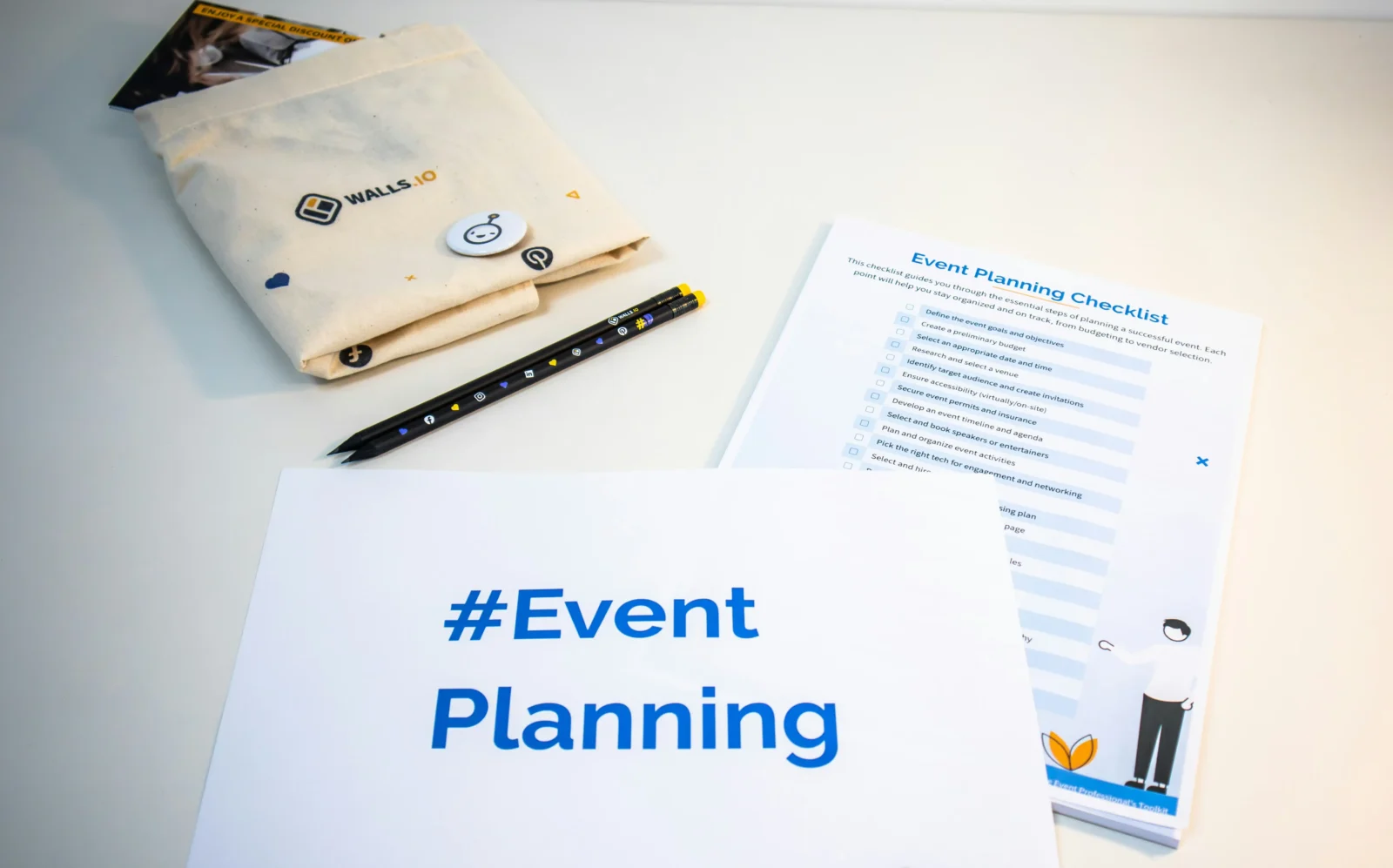- Home
- Articles
- Architectural Portfolio
- Architectral Presentation
- Inspirational Stories
- Architecture News
- Visualization
- BIM Industry
- Facade Design
- Parametric Design
- Career
- Landscape Architecture
- Construction
- Artificial Intelligence
- Sketching
- Design Softwares
- Diagrams
- Writing
- Architectural Tips
- Sustainability
- Courses
- Concept
- Technology
- History & Heritage
- Future of Architecture
- Guides & How-To
- Art & Culture
- Projects
- Interior Design
- Competitions
- Jobs
- Store
- Tools
- More
- Home
- Articles
- Architectural Portfolio
- Architectral Presentation
- Inspirational Stories
- Architecture News
- Visualization
- BIM Industry
- Facade Design
- Parametric Design
- Career
- Landscape Architecture
- Construction
- Artificial Intelligence
- Sketching
- Design Softwares
- Diagrams
- Writing
- Architectural Tips
- Sustainability
- Courses
- Concept
- Technology
- History & Heritage
- Future of Architecture
- Guides & How-To
- Art & Culture
- Projects
- Interior Design
- Competitions
- Jobs
- Store
- Tools
- More
Managing Financial Emergencies in Your Architecture Studio: Can Payday Loans Help?

Even the most successful architectural studio can face financial difficulties – expensive equipment breaks down, clients delay payments, and high costs of attracting and retaining qualified specialists. But what do you do when the studio’s accounts are empty, and there is no time for a long search for financing? One option is emergency payday loans. They may seem like a quick fix, but are they worth turning to during financial hardship? Let’s find out if these loans can help you cope with emergencies in your business and maintain your work rhythm.
Table of Contents
ToggleIs Maintaining an Architectural Studio Expensive?
Maintaining an architectural studio can be costly due to essential expenses that ensure smooth operation and high creative and technical output standards. Here are the main areas of expenditure, along with their average monthly costs:
- Rent and Utilities: The cost of studio space can vary widely depending on location. On average, rent for a modest studio in a city can range from $1,500 to $4,000. Utilities add another $200 to $500, depending on the climate and energy efficiency of the space.
- Software Licenses: Architectural design and drafting software like AutoCAD, Revit, and SketchUp are vital. Licenses can cost anywhere from $200 to $2,000 per user annually, often billed monthly.
- Salaries: This is usually the largest expense. Depending on the expertise and location, a small studio might have monthly salaries ranging from $3,000 to $8,000 per employee.
- Equipment: High-performance computers, large-format printers, and 3D printers are crucial. Setting up each workstation can cost around $2,000 to $5,000, and ongoing maintenance and upgrades are also required.
- Marketing and Advertising: Developing a strong portfolio and reaching potential clients through advertising can cost between $500 and $2,000 a month.
- Insurance: Professional liability insurance is essential and can range from $1,000 to $3,000 annually per employee, depending on the level of coverage.
- Continuing Education and Training: It is vital to keep up with the latest industry standards and boost skills of your team members; this can cost about $500 to $1,500 annually per employee.
The Blueprint of Financial Health in Architecture
As with any business, a good financial plan is essential to succeed in the architecture industry. Proper budgeting, money management, and planning skills will help you keep track of the financial health of your project. It’s like building a house – you need a strong foundation, walls, and a roof.
Budgeting is about determining how much money you will need to cover the cost of materials, labor, and other expenses. A clearly outlined budget helps avoid unnecessary expenses and keep the project within your current business’s means. The second step is expense management. You need to track where your money is going during the process. Sometimes, unexpected expenses may occur due to delays or increased material costs. This way, if you closely monitor your expenses, you can make adjustments and stay within your budget.
Managing your cash flow is also very important. By doing this, you ensure the money will always be there when needed. In architecture, some payments are made upfront, while others are only due when the project is done. Good cash flow management will protect you from running out of money in the middle of the way. And don’t forget about an emergency fund. You need to save up money just in case some problem or additional expenses appear. Such reserves will protect your project from unpleasant surprises.
Payday Loans: A Quick Fix or a Structural Flaw?
Payday loans are designed to be quick and short-term solutions for emergency needs. Therefore, they may be the right choice when you need immediate cash to cover unexpected expenses, such as broken equipment or an urgent bill that cannot wait. One of the most striking features of payday loans is their easy availability, even for people or businesses with bad credit scores. The application process is normally easy and fast, allowing you to get the funds you need within a day. This is very important in urgent situations.
Unlike traditional loans, you don’t need to provide collateral or collect many documents to get a payday loan. However, payday loans are not for long-term use. They have higher interest rates, and the repayment period is short, usually within 2 to 4 weeks. If you are sure you can repay it on time, then it will not be a problem. Just keep in mind that delays might incur extra fees that can add up quickly.
Financing Options Beyond Payday Loans
Payday loans may seem like a quick solution for your short-term financial difficulties in an architectural studio. However, it’s worth considering safer alternatives before settling on one. Here are some options available:

Business Credit Cards
These are cards designed exclusively for business purposes. Most have high credit limits and provide business benefits such as cashback on company purchases or travel expenses. They also help separate business expenses from personal ones. For architecture studio owners who are concerned about their business or personal credit score impacting approval for new financial solutions, it’s worthwhile to explore a poor credit rating credit card. These credit cards are specifically designed to help those with less-than-perfect credit get access to funding while rebuilding their score over time, an alternative that may be more manageable than high-interest short-term loans.
Bank Loans
This is a loan provided by banks for business needs. Compared to payday loans, these loans usually have low interest rates and longer repayment periods. This allows businesses to manage their finances more easily and conveniently.
Government Grants and Subsidies
This government aid will help your business grow and expand. Government money does not necessarily have to be repaid, so it is ideal for long-term plans or expansions. Preference is given to studios working on projects related to social, environmental, or innovative initiatives.
Crowdfunding
Crowdfunding is a popular method of raising money online. It allows you to raise the required funds for a project without borrowing money. It also connects you with your audience and gets them interested in and supportive of your business.
Responsible Borrowing and Repayment Tips
If you’re going to take out payday loans to solve financial difficulties in your architecture studio, it is important to approach them responsibly. Here are some useful tips on effective debt management:
- Only borrow what you need. The more you borrow beyond your needs, the more likely you will have problems paying it back.
- Before taking out a loan, plan for its repayment. Create a budget that reflects where the money will come from to pay off the loan. Missed payments can lead to additional fees and stress.
- Pay attention to the interest rate, repayment period, and any fees. If the terms seem too good or need clarification, look for another lender.
- Never rush into payday loans without considering other options. Sometimes you may have access to financial assistance on better terms.
- Seek advice from a credit counselor. This will help you understand the options that are most suitable for you.
Conclusion
Coping with financial difficulties for your architecture studio can be difficult. However, you should not rely solely on payday loans. Yes, they can provide money quickly, but are expensive and require repayment within 31 days. Do your research before going into debt, and only borrow the amount you need. Consider other financing options when possible.
illustrarch is your daily dose of architecture. Leading community designed for all lovers of illustration and #drawing.
Submit your architectural projects
Follow these steps for submission your project. Submission FormLatest Posts
How to Choose the Best Balloon Garland Kit for Your Event Theme
Balloon garlands are now a very popular decoration for today’s celebrations, including...
Dependable Service for Everyday Appliance Problems
When a washer stalls mid-cycle or a fridge warms up, you need...
8 Essential Web-Based Mapping Tools for Modeling Sea Level Rise and Flood Impacts
As climate change accelerates, flood risk and sea level rise have become...
How Sydney’s Architecture Responds to Climate, Light, and Lifestyle
Sydney’s architecture has never been driven by form alone. It evolves through...












Leave a comment